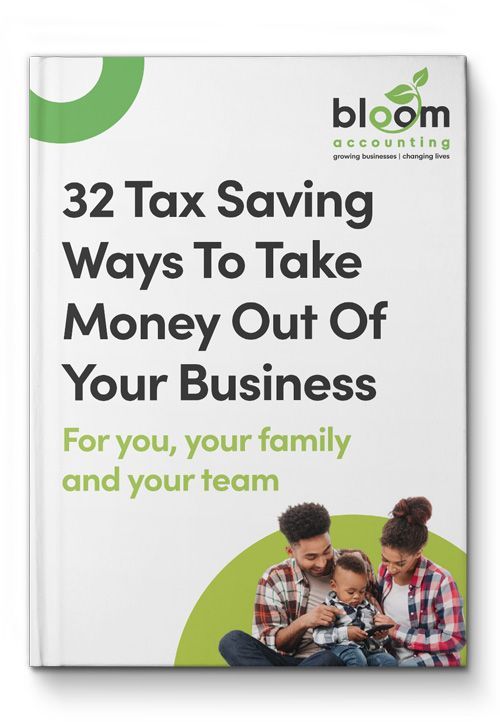How Mrs Brighton saved £13,500 per year in income tax by changing the share structure of her business
Relatively new to running her own healthcare business, Mrs Brighton didn’t realise she was paying excessive amounts of income tax. She and her husband hoped to retire to their newly-built house in Africa, but money was slipping through the net that could have been going towards retirement.
Feeling frustrated about how much tax she was paying, Mrs Brighton sought our trusted accounting advice to shed some light on what was going on. We soon found a simple tweak could give her enormous savings.
As a new entrepreneur, Mrs Brighton wasn’t aware certain actions could have big tax implications.
After a career working as a nurse and caregiver, Mrs Brighton decided to switch her focus in 2018, setting up her own business providing high-quality in-home healthcare. It was soon generating good revenue, but this success wasn’t reflected in her take-home pay.
Unaware of the tax implications, she was drawing on company funds to make up her salary and dividends.
As an inexperienced business owner, it was an understandable mistake to assume the money earnt was hers. It was her company after all, so she believed she could take it as and when she pleased. However, it meant she wasn’t taking money out in the most tax-efficient way.
The way she accessed her salary triggered excessive amounts of tax to be paid. She needed to find a way of drawing money from the business while minimising tax exposure.
With the idea of retirement slipping further away with each tax payment, Mrs Brighton felt confused and deflated.
When she came to us, we sat down with Mrs Brighton and listened to her challenges and problems. It was understandable she was frustrated; she was putting long hours into the business, not just coordinating her team, but also doing a lot of the care work itself.
To examine where Mrs Brighton could save on income tax, we first had to lay the groundwork.
The financial health of a business can be thought of like a garden, with bookkeeping as the primary maintenance. Making sure you have clear, clean books is like cutting down the overgrowth, allowing you to then see where further work needs to be done.
In other words, only once your accounts are in order can you see what’s really going on in the business. After talking to Mrs Brighton, the first thing we did was introduce her to our bespoke Virtual Finance Office where we got her accounting systems and books cleaned up and up to date.
Her confusion transformed into confidence.
Now able to see the financial health of her business at any point in time, this newfound clarity over her business numbers gave Mrs Brighton peace of mind.
It meant she could make key decisions backed up by clear data; decisions which allowed her to free up her time.
Now it was time to examine how she could extract money from the business while paying minimal tax.
One change to the share structure gave colossal savings.
Discovering Mrs Brighton’s husband had a major role in the operations of the business, we advised her to gift half of her shares to Mr Brighton for the tax benefit it would provide.
The savings were drastic:
- Mr and Mrs Brighton now paid £3,000 each in income tax. When they came to us, they were paying £16,500.
- It meant a tax saving of £13,500 per year, giving at least £82,500 savings over the next 5 years.
In addition to paying her husband a modest salary, it meant Mr and Mrs Brighton could now extract £100,000 per annum and with paying a minimal level of income tax.
Mr and Mrs Brighton went from worrying about their retirement plans to feeling grateful and relieved.
Now reaping the rewards they deserve from their business, they have more income to spend on their retirement home and personal needs.
Before, Mrs Brighton felt stretched thin, spending most of her time working in the business instead of working on it. Now, she’s able to take a step back and make decisions that allow her to spend time doing what she does best.
You deserve trusted accounting support that gives you the same confidence and clarity.
Running a business is challenging, and even the best entrepreneurs make many mistakes along the way. Bringing on board trusted accounting support helps minimise those errors quickly, saving time, money and taking the weight of running a business off your shoulders.
As chartered tax advisors and accountants, we’re here to provide that expert support so you have time to prioritise the most important things in life.
Whether you’re working towards retirement or want to spend more time with family as your kids grow up, you deserve the freedom and time to spend where it matters most.
If you’d like to find out how our family-centred accounting could support your business, especially if you run a care agency, book your Business Breakthrough Session to get started.




